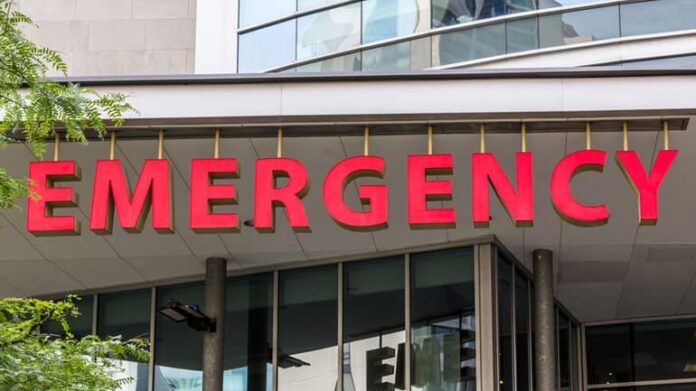
It’s Wednesday evening and your employee just hobbled away from her softball game on a painful, swollen ankle after an ill-advised slide into third. She knows it needs medical attention and asks herself, “What now?”
“What now?” is a question you need to help your employees answer before their ankle is black, blue and the size of a small cantaloupe (and before any other medical issue arises). The reason: studies show that up to 66 percent of emergency room visits could have been safely treated in another health care setting. Make sure your employees know their health care options, and they can save thousands of dollars, hours of time and avoid immeasurable frustration.
Consider that the U.S. Centers for Disease Control estimates that one in five Americans visits the ER at least once a year, adding up to 131 million visits a year. Now consider the possibilities if 66 percent of those visits were treated in a more appropriate care setting such as an urgent care, doctor’s office, telemedicine or retail clinic. The savings to our health system would add up to billions. But forget the costs to the health system; let’s look at costs to your company and your employees.
The average cost of an ER visit is more than $1,200. That’s six times that of an urgent care ($190), 10 times that of a doctor’s office ($125), 14 times that of a retail clinic ($85), and a staggering 25 times more expensive than an average telemedicine visit ($49). If 20 percent of your employees are visiting ERs at least once a year and 66 percent of those visits could have been handled in another health care setting, that adds up to an awful lot of your employees’ and your company’s money being wasted.
On top of that, add in the time and inconvenience of ER wait times and you have a powerful reason to educate your employees about where to get care in different medical situations. Here are some ideas on how to do just that:
- Talk to your health benefits company or broker. They should be able to give you materials to jump start your health care options awareness campaign.
- Promote your health plan’s nurse line. Nearly all offer a free 24/7 nurse line that can help triage any health concern.
- Promote your health plan’s preferred telemedicine provider. Mobile device-based care is just an app away, lightning fast, inexpensive, and very effective for 24/7/365 non-emergency care.
- Make sure to reinforce that some situations do require emergency rooms or a call to 911. Your health plan should be able to provide you with materials to clearly explain when to seek emergency care and when to consider other options.
- Encourage employees to not only learn their health care options, but also the hours, services available and health plan network status of each.
- Keep it simple and, when possible, use video to share options with employees. Click here for a great example you can use.
As with most things, a little advance planning goes a long way. Make sure your employees already know the answer when their “what now?” moment occurs.




